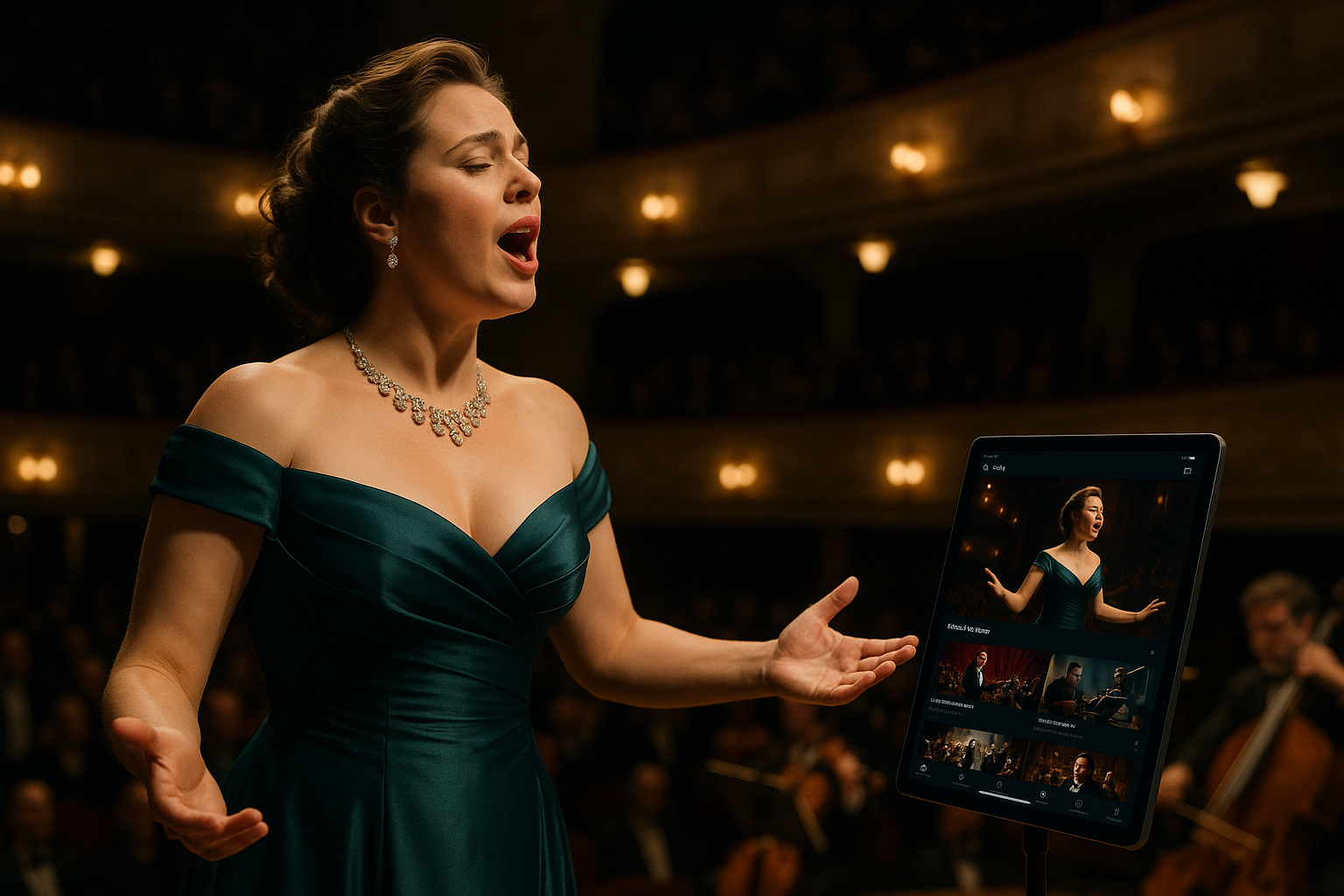Revitalizing Opera: The Unexpected Renaissance in the Digital Age
Opera, an art form that dates back to the 16th-century Italy, is experiencing an unexpected renaissance in the digital age. This resurgence is not just about traditional opera houses packing their halls, but rather, it's about innovations and adaptations that are breathing a new life into this historic art form.

Part 1: Opera’s Grand Past
Opera, with its roots in the Renaissance, has a long-standing history of presenting dramatic narratives through music. It reached its apogee in the 19th century, with works from composers like Giuseppe Verdi and Richard Wagner. However, in the 20th century, opera began to wane in popularity, with audiences dwindling and opera houses struggling to stay afloat.
Part 2: The Digital Pivot
The advent of the digital age, surprisingly, has led to a remarkable renaissance for opera. New platforms have allowed opera to reach a wider audience and adapt to modern times. Streaming services are offering live broadcasts of opera performances, making it accessible to audiences across the globe. Moreover, the use of digital technology in stage design and production has brought a fresh visual appeal to traditional opera narratives.
Part 3: Creating Relevance in Contemporary Culture
The rejuvenation of opera isn’t just about digital access. It’s also about making the narratives relevant to contemporary audiences. Opera companies are commissioning new works that tackle modern themes and issues, from racial and gender inequality to climate change. These operas are not just retelling old stories but are engaging with the realities of our times.
Part 4: The Impact of the Opera Renaissance
The digital renaissance of opera is having a significant impact on the arts and entertainment industry. It’s proving that traditional art forms can adapt and thrive in the digital age. Moreover, it’s challenging the perception that opera is an elitist or inaccessible art form. The democratization of opera through streaming has made it possible for more people to engage with and appreciate this art form.
Part 5: Looking Ahead
The future of opera in the digital age appears promising. As more opera companies continue to innovate and adapt, and as audiences respond positively to these changes, we can expect this historic art form to remain vibrant and relevant in the years to come.
In conclusion, the revival of opera in the digital age is a testament to the enduring power of this art form. It also serves as a reminder that even the most traditional of art forms can find new life and relevance in a changing world. This is the power of art - it evolves, it adapts and it continues to engage, no matter the medium, the era, or the audience.





